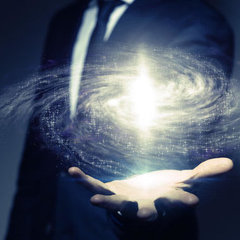Search the Community
Showing results for tags 'dhammakaya'.
Found 1 result
-
What's the difference difference between light 💡 orb upper navel vs lower Dantian? my experiences upon focusing on my dantian, I felt inner happiness(exactly if I were to smile when someone taking my picture) and bright light off and on in my sitting meditation and wuji standing dantian meditation. Has anyone practice this? The Essence of Dhammakaya The word “Dhammakaya” is an ancient word means the Body of Enlightenment (Dhamma means the truth or the enlightenment and Kaya means body). This term was found many places in many old Buddhist scriptures both in Theravada and Mahayana schools. It is not the new term or new theory from the Teaching of the Lord Buddha. Dhammakaya is the body that transformed Prince Sidhatta to The Lord Buddha. The enlightenment of the historical Buddha is explained as his mind became perfectly refined and purified to the same level of the refinement and purity of the Dhammakaya, and thus attains the body of enlightenment. The Dhammakaya is therefore seen as central to the Teaching of the Lord Buddha. Dhammakaya is a source of peace, wisdom and true happiness, exists in all human beings and can be attained through the process of self-refinement and self-purification. Dhammakaya Meditation Technique Dhammakaya Meditation Technique was rediscovered by Luang Pu Wat Paknam, the late Abbot of Wat Paknam. With his great work of meditation, he found that the station of stillness or the gateway of The Middle Way is at “The Center of the Body” around two-finger width above the navel. And the center of the body is the best point that any meditation practitioner should lay the mind down upon. The technique is simple but effective. Just keep your body and mind relaxed and maintain your attention slightly at the center of the body. Once you touch or feel the station of stillness at the center of your body, you will experience inner peace, true happiness and the transforming power that Dhammakaya Meditation can provide for every aspect of your life. Although Dhammakaya Meditation was developed as a technique by the Lord Buddha, its practice is not limited to Buddhists. The practice has nothing to do with any organized religion or sectarianism. For this reason, it can be freely practiced by everyone without conflict due to race, creed or religion. People from many religious backgrounds have experienced the benefits of Dhammakaya Meditation and have found no conflict with their profession of faith.


